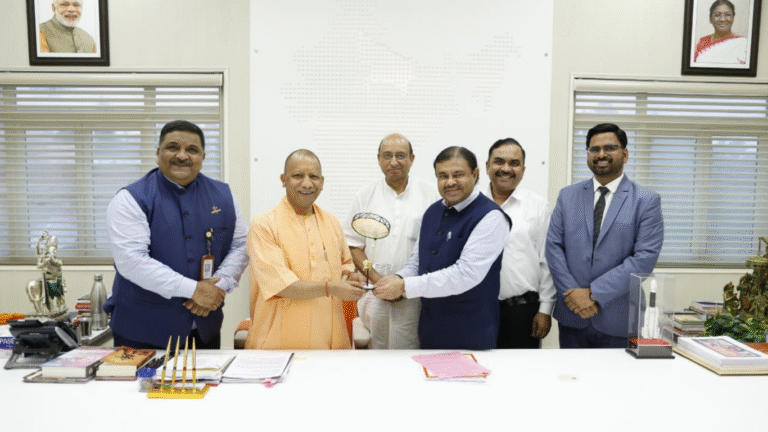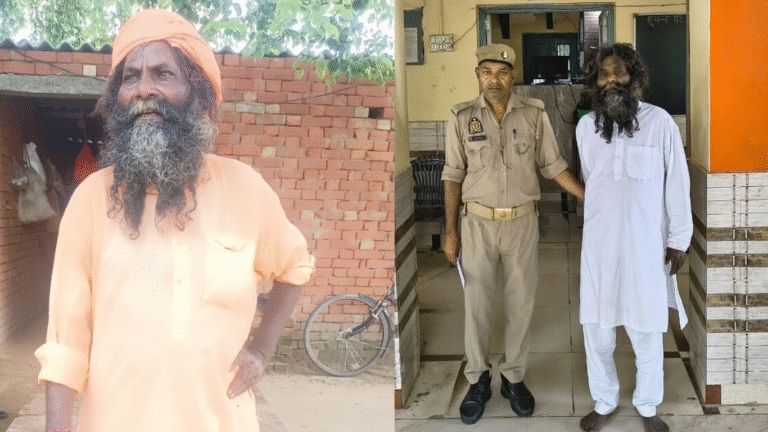
Kidwai Nagar is one of the most prominent and well-established localities in Kanpur, Uttar Pradesh. Located in the southern part of the city, it is a bustling neighborhood known for its organized residential colonies, busy markets, and strong connectivity to the rest of Kanpur. Whether it’s about living, shopping, or commuting, Kidwai Nagar offers a balanced mix of modern convenience and old-city charm.
The locality is named after Rafi Ahmed Kidwai, a freedom fighter and politician. Over the years, Kidwai Nagar has transformed from a quiet residential area into a thriving urban hub, home to a mix of old families and newer generations. Schools, hospitals, temples, and local parks are all found within walking distance, making it an ideal place for families. The area reflects a typical Kanpur lifestyle—simple, hardworking, and culturally rooted.
History and Growth of Kidwai Nagar
Kidwai Nagar was developed during the post-independence era as a planned residential area for government employees and middle-class families. With Kanpur being a key industrial town in North India, there was a growing need to create clean, structured residential zones away from the bustling factory areas.
Initially, the area had limited housing clusters, and much of the development took place in phases. Government quarters were built first, followed by private housing societies. As the demand for housing grew in Kanpur during the 1970s and 1980s, Kidwai Nagar started expanding further, including more streets, marketplaces, and community centers. Gradually, what was once a quiet settlement turned into one of the most preferred addresses in the city.
Today, Kidwai Nagar reflects a rich blend of old architecture and new constructions. You can find traditional two-story houses alongside modern apartment complexes. Its growth is not just in real estate but also in facilities and infrastructure that have developed steadily over the decades.
Geography and Connectivity
Located in the southern region of Kanpur, Kidwai Nagar enjoys excellent connectivity to major city points. It lies close to important areas such as Govind Nagar, Harjinder Nagar, and the industrial belt of Dada Nagar. The famous Jhakarkati Bus Stand and Kanpur Central Railway Station are just a few kilometers away.
The main road passing through Kidwai Nagar connects to the Grand Trunk (GT) Road, which further links it to Lucknow and Delhi. The proximity to highways makes commuting easy for daily travelers and professionals. The city buses, auto-rickshaws, and e-rickshaws are the common modes of transport within the locality.
Geographically, the area is flat and mostly residential, with pockets of commercial spaces like markets and offices. It is also dotted with parks and green zones, providing a bit of natural relief amidst urban life. Despite being in the heart of the city, the air remains relatively clean thanks to tree-lined roads and planned infrastructure.
Economic Landscape and Lifestyle
Kidwai Nagar has grown into a semi-commercial locality over the years. While it still serves as a residential hub, there are now many shops, coaching centers, clinics, and offices operating from the area. The local economy thrives mainly on small businesses, educational services, healthcare, and real estate.
The presence of good schools, coaching institutes, and hospitals attracts many families and students. Small traders and service providers also find good business opportunities in the bustling marketplaces. Banks, ATMs, restaurants, garment stores, and grocery shops can be found on every major street.
People living in Kidwai Nagar enjoy a comfortable urban lifestyle without the chaos of central Kanpur. The cost of living here is moderate, which appeals to middle-income households. Weekend markets, food stalls, and local events keep the community engaged and vibrant.
Political Importance and Civic Management
Politically, Kidwai Nagar falls under the Kidwai Nagar Assembly constituency. It plays an important role in Kanpur’s local and state politics due to its large voter base and mix of educated residents. Elections here often witness good voter turnout, with local leaders and parties focusing heavily on infrastructure, sanitation, and development issues.
Over the years, the area has seen improvements in road conditions, water supply, garbage management, and street lighting, thanks to active municipal efforts. Local Resident Welfare Associations (RWAs) also play a key role in voicing the needs of the citizens and pushing for improvements.
The area has a balanced mix of political preferences, and residents are usually keen to participate in discussions about development and civic management. Political awareness is quite high in this locality compared to many other areas of Kanpur.
Demographics and Community Life
Kidwai Nagar is home to a diverse population, consisting mostly of middle-class families, retired government officials, teachers, business owners, and young professionals. The majority of residents are Hindus, followed by Muslims, Sikhs, and Christians, creating a multicultural environment.
The population is primarily Hindi-speaking, though English is widely understood and used, especially among the younger generation. Festivals like Diwali, Eid, Holi, and Raksha Bandhan are celebrated with enthusiasm, bringing people together regardless of religion or background.
Community life in Kidwai Nagar is peaceful and closely knit. People know their neighbors, celebrate occasions together, and participate in local events and welfare activities. This friendly environment makes it a safe and supportive place for both children and the elderly.
Conclusion
Kidwai Nagar in Kanpur is more than just a locality—it’s a blend of tradition, development, and community spirit. With strong infrastructure, good connectivity, and a peaceful lifestyle, it stands out as one of the best neighborhoods in the city. Whether you’re a resident or a visitor, Kidwai Nagar leaves a lasting impression with its warm vibe and thoughtful urban planning.



